Martin Zakovec is head of games at Gamee.
Gone are the days where a developer could simply create a great game, publish it on App Store and profit immediately.
Stores, in general, became overcrowded places where you need either to spend a lot of money on UA or be featured on the platform itself. Some recent data shows that revenue from games on app stores have continued to grow for several years.
There was also research indicating that in developed markets (like the USA) young audiences do not download apps anymore. So the million dollar question is - what does the future hold for game/app publishers?
If you think about it in the grand scheme of things, it's no surprise people are stopping downloading apps. On one side, you have the ever-fastening society where everything you want is just a few clicks away, almost instant.
If everything else is lightning-fast, would you then wait for X gigabytes of data to download so you can try this new game on your phone? Even if you did, would you keep such a game, when your device’s memory is limited? Probably not.
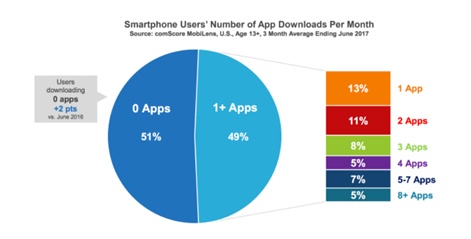
Those are just a few factors contributing to inevitable change which will come at some point and completely alter the way people use apps and play games on their phones.
We believe it has already begun.
The highest concentration of DAU
So if people are downloading new apps less, how do you get to them? You could pour more money into advertising and user acquisition, but that will only make your CPI (cost per install) higher. What if instead we take a look at the apps people are already using the most and on a daily basis.
Mobile phones were from the very beginning designed to connect people. Yes, via calls and text messages at first, but since the rise of social networks and mobile internet coverage there is nothing stopping people from staying online for most of them.
Thus the most popular apps are those that connect you with your family, friends, influencers, role-models, followers, content creators, etcetera, such as Facebook Messenger, WhatsApp, Viber and WeChat, just to name a few.
The most popular apps are those that connect you with your family, friends, influencers, role-models, followers, content creators.
Since the moment when you are getting a new message has proven to release a small dose of dopamine and thus make us feel good, we simply just want more. We want to be connected, we want to talk to people without talking to them. From this point of view, the immense growth of messaging platforms is understandable.
And there are no signs of slowing down. On the contrary. So imagine if you could use this huge userbase and deliver your game directly to them.
Not only that, you could even use the social nature of those apps and leverage it so people share your game within that app. Imagine the reach. Imagine the possibilities.
Changing the status quo
There are a few indicators that games within messengers are the next big thing. Facebook opened its Instant Games platform to developers a few months ago, WeChat opened its mini-games section to external developers, and we were the first ones to pilot games within Viber.
There is a catch though. To be able to deliver content that corresponds to those platforms, there are some restrictions.
First of all, the gaming experience should be almost instant, so the size of your game is limited by many of those platforms.
Second of all, your games have to use HTML5, technology on the rise in recent years, but there are still some limitations when compared with traditional mobile game engines.
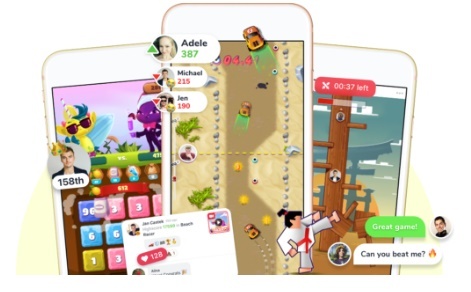
One of the major advantages of having games within messenger platforms is that your friends are already there. Those platforms are social by default. You as a developer only need to figure out, how to entertain players and how to leverage all the possibilities such an environment offers.
Our story
Gamee aims to bring social gaming to a whole different level. We want to provide the same social-oriented battle-based experience with casual HTML5 games across multiple platforms. Mainly messenger apps, beause that’s where people are.
Currently, we have developed 80-plus HTML5 games which are playable in our apps, on Viber, Telegram, Instant Games and WhatsApp. We have spent past two years trying to figure out what works the best within the chat environment.
Games for messaging platforms need to appeal to one of two social aspects - either competition or collaboration.
We started with competition since it can be easily applied as a layer on top of already existing games, as opposed to collaborative games where it has to be considered from the very beginning of the creative process.
The entry points to our games are many - you have our app, you chat with our bot to discover new games or you get challenged by one of your friends.
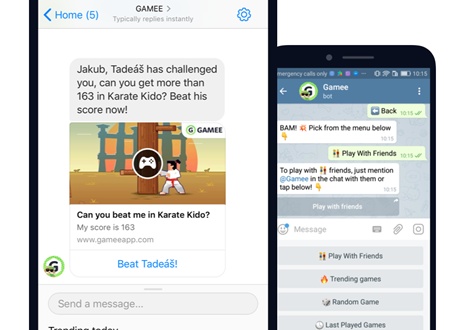
Additional motivation
The competitive social aspect leverages the power of messaging apps and social networks whose apps they are connected to. This brings games as an additional layer to the place where you talk with your friends regularly and gives you the advantage to show the player his/her progress compared to other friends.
In the short-term, you display the closest of your friends in terms of their score which provides additional motivation to try even harder to get just past them. It makes the game feel “personal” on some level. It is no longer you versus the game, it is you versus your friends.
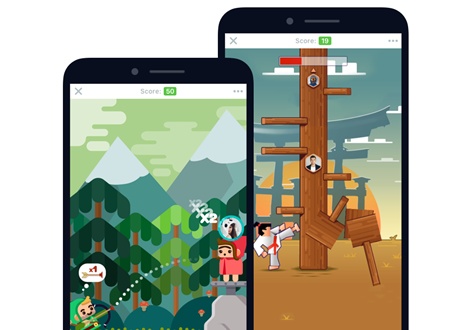
We have also seen that when a player lost a game, they either try again with the same game or go looking for a different game, which would give them an edge against those same friends (that’s why we have a large selection of games across genres).
Non-aggressive retention mechanics
Possibly the greatest feature playing games inside messaging apps there is - playing directly within a message thread.
Why is that? By being part of this conversation and having people compete (either one-versus-one or within group chats), you raise retention three-to-four-times compared to users playing in single-player mode. This is simply caused by the ongoing conversation between players' constant back and forth in scores.
Imagine John beats me in two games in a row, of course I’m going to beat him back!
And this creates content within the thread which notifies the other participants, similar to push notification but with one significant difference - this notification comes from people you know, trust and it does not require anything more than few minutes of your time.
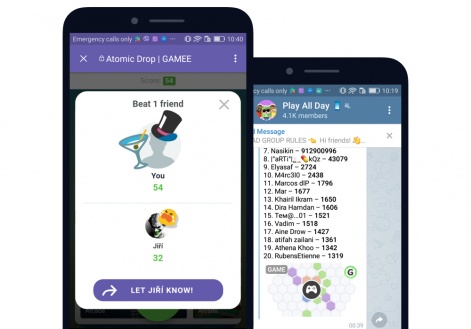
Instant gaming experience
Just a few minutes? The game won’t even install within that time... That is the reason why we aim for an instant gaming experience. No need to install any of our games, you just find the one you want to try, press play and you are right in the middle of the action.
That’s the beauty of HTML5 - it allows you to run your games directly within any browser (or at least the vast majority) and keep them very small. Our smallest games have just around 200KB in total. The entire game!
Not all are that small, but all of them are below 5MB. Even with an average internet connection, this means only a few seconds to load the game. We try to push even for a smaller size because our data shows an interesting pattern.
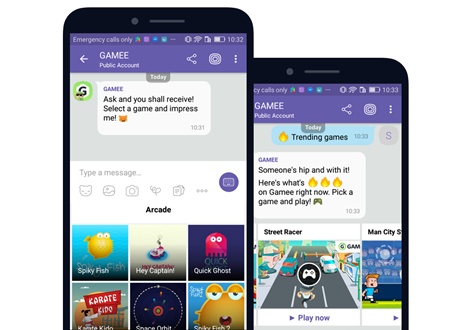
Each additional second above three seconds of loading causes around five per cent of people to drop off.
This might sound strange but it makes complete sense - by lowering the barrier to entry for players with almost instant access to any of our games, we are also lowering the barrier to leave the game.
There is no real commitment from players, they didn’t have to wait for a 1GB game to be downloaded and installed, they just saw a nice game logo and gave it a shot. Which brings me to the next thing…
One game itself is not enough.
Well, it might be, but we would be talking about a title with tonnes of content to keep players entertained for a long time and at the same time keeping it fun within a challenge-a-friend environment.
All while keeping it small-sized and done with HTML5. Not an easy task. Even then, at some point, players would just get bored and leave.
Once players start our game, we know we have just a few seconds to spark their interest. And if we fail, we immediately give them a selection of different games to pick from.
This is why we use our portfolio of games and unifying UI for all of them to cross-promote other titles. This platform approach lets us provide a very similar (eventually identical) experience for players amongst platforms and let them play together.
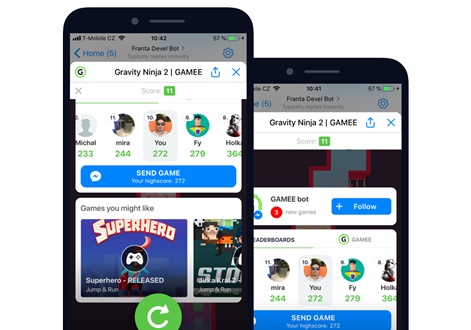
We have most recently launched our Viber extension to pilot games for their 260 million monthly active users and we are just getting started. There is so much potential within those new emerging platforms, especially for games.
There are more and more opportunities for getting games distributed to people that do not rely on the traditional app store model anymore. The new discovery of games will be driven by social actions and virality, rather than how optimised your game profile is.
Get the latest news, interviews and in-depth analysis on Twitter, Facebook and our daily newsletter.























